Although the current classification of the cichlids from Central America, formerly grouped together under Cichlasoma, has been around for a few years now, many genus names have been slow to catch on in the hobby. The main reason for this is, of course, that the large cichlids of Central America are currently only kept and bred by a handful of specialists. These fish need relatively large aquariums, which they like to rearrange according to their own ideas, and when they have fry (which they always do sooner or later), they are quite unpleasant to aquarium inhabitants, in whom they believe they recognize predators for their children. Many also regard plants as food, which makes a varied underwater garden impossible. However, anyone who gets involved with these animals and can cope with the above-mentioned characteristics will be delighted with these fish, which are full of character and in many cases brightly colored, but in any case impressive.
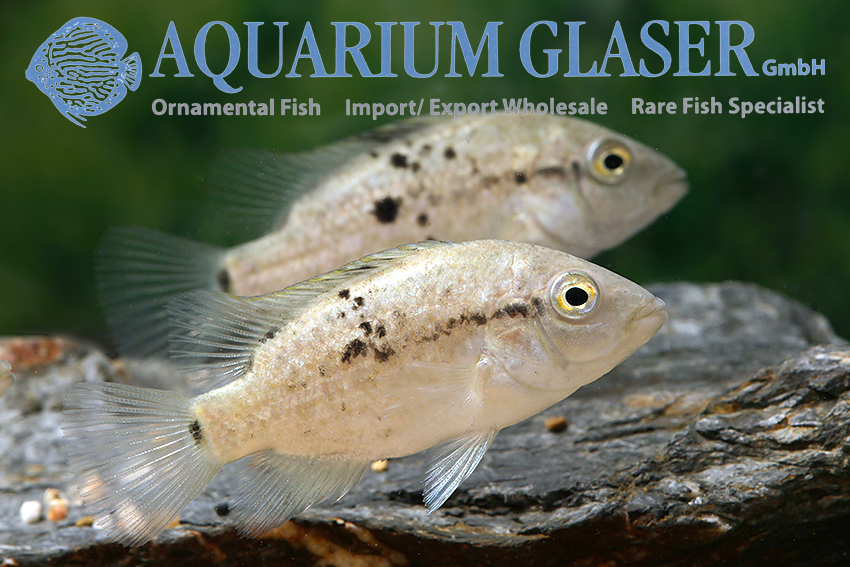
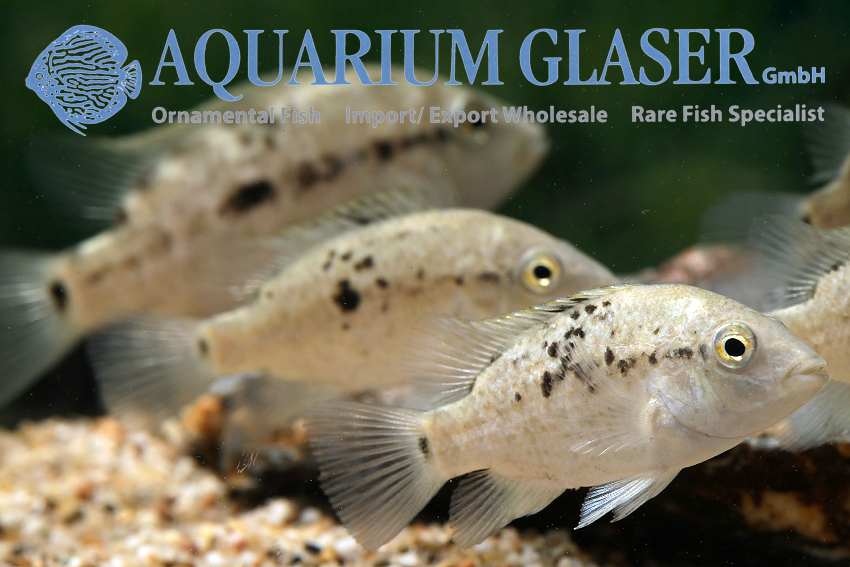
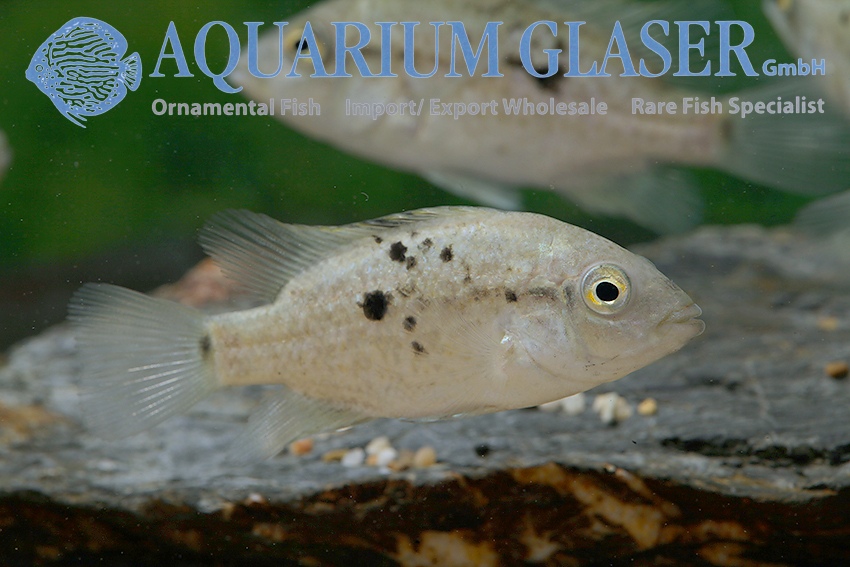
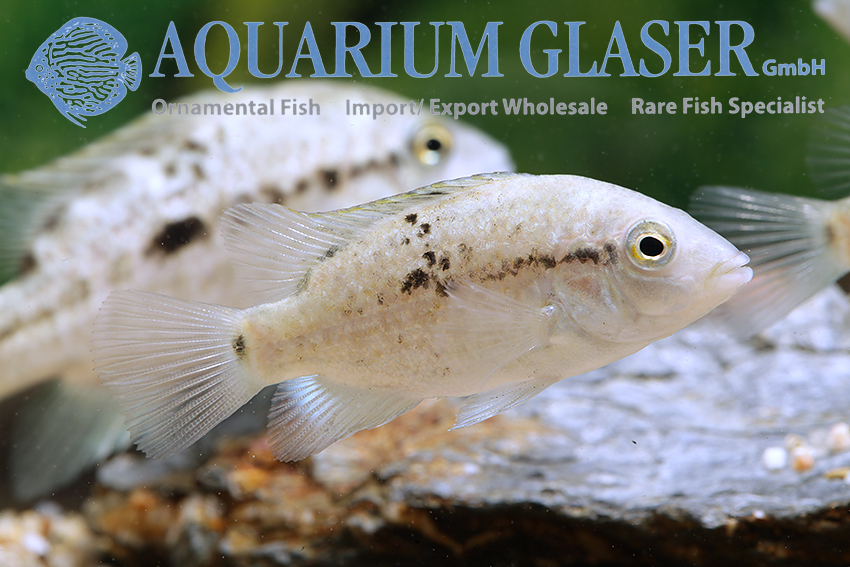
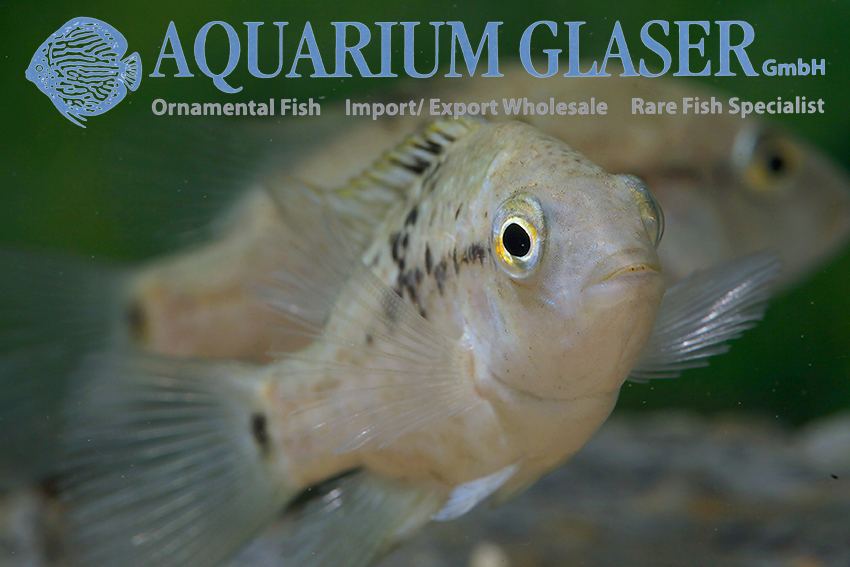
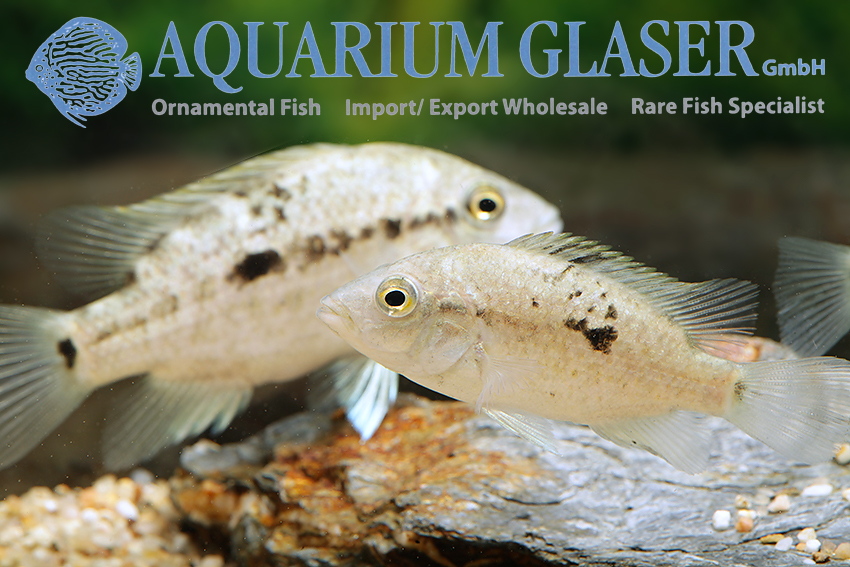
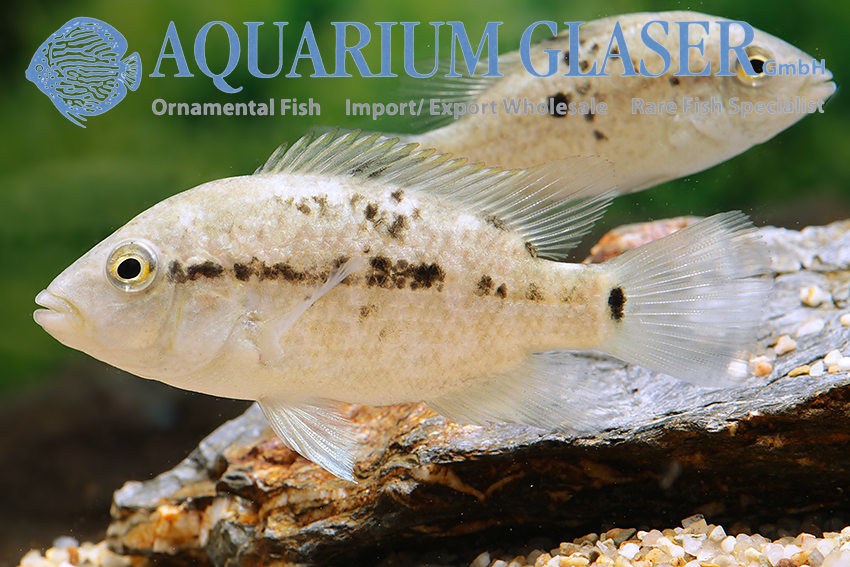
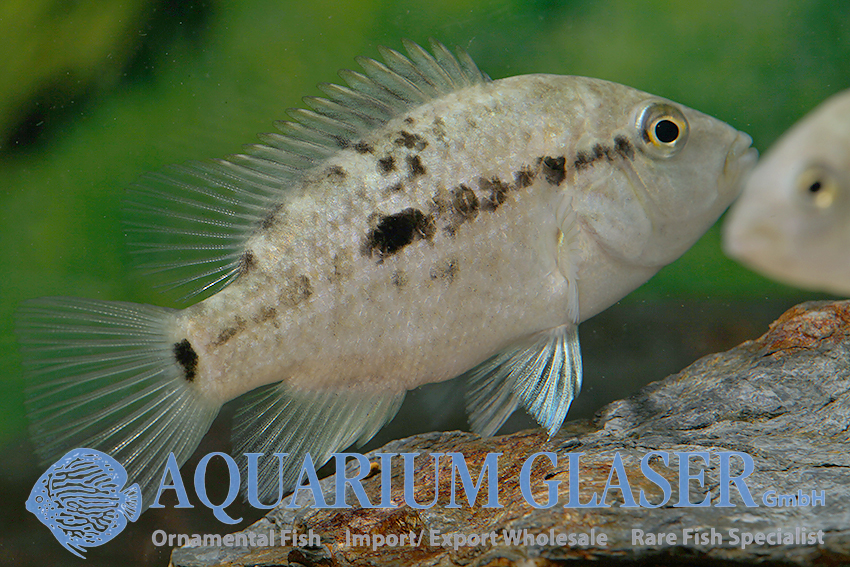
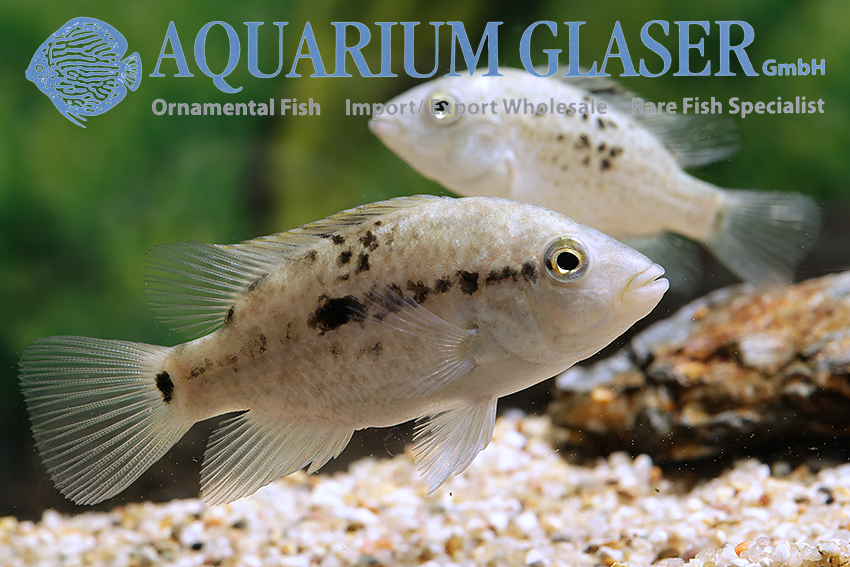
There are now only three species in the genus Nandopsis, after this genus was previously somewhat broader. These three species are all top rarities in contemporary aquaristics: Nandopsis tetracanthus from Cuba, N. ramsdeni, also from Cuba, and N. haitiensis, which is found exclusively on the island of Hispaniola. All three species are large cichlids, the maximum length given for N. haitiensis is 21.5 cm standard length, i.e. excluding the caudal fin.
Hispaniola is politically divided into two parts, with the state of Haiti to the west and the Dominican Republic to the east. Nandopsis haitiensis can be found all over the island, even occasionally in brackish water. The species is highly variable in color, but there are no systematic studies on whether this variability is ecologically determined. N. vombergi, described as a separate species because of its bulging lips, is now considered a synonym of N. haitiensis.
As early as 1938, Erhard Roloff reported on the care and breeding of specimens he had caught himself and brought home. They are typical open-breeders with a parental family that have all the characteristics listed above. Interestingly, sexually active female N. haitiensis turn almost completely black, while the males then shine in a subtle silver-grey. An excellent breeding report with beautiful pictures of adult animals can be found here http://www.dcg-allgaeu.de/Arche_Nandopsis_haitiensis.html (in German only). All Nandopsis species are considered somewhat sensitive as juveniles. You should not be misled by their robust appearance into thinking they are “tough guys”. They are often kept at high temperatures (26-28°C) due to their susceptibility to disease, but this is not absolutely necessary.
We can currently offer very stable offspring (4-6 cm long) of this rarity. They have code 649202 on our stocklist. Please note that we only supply the wholesale trade.
Text & photos: Frank Schäfer




